Baqirha باقرحا
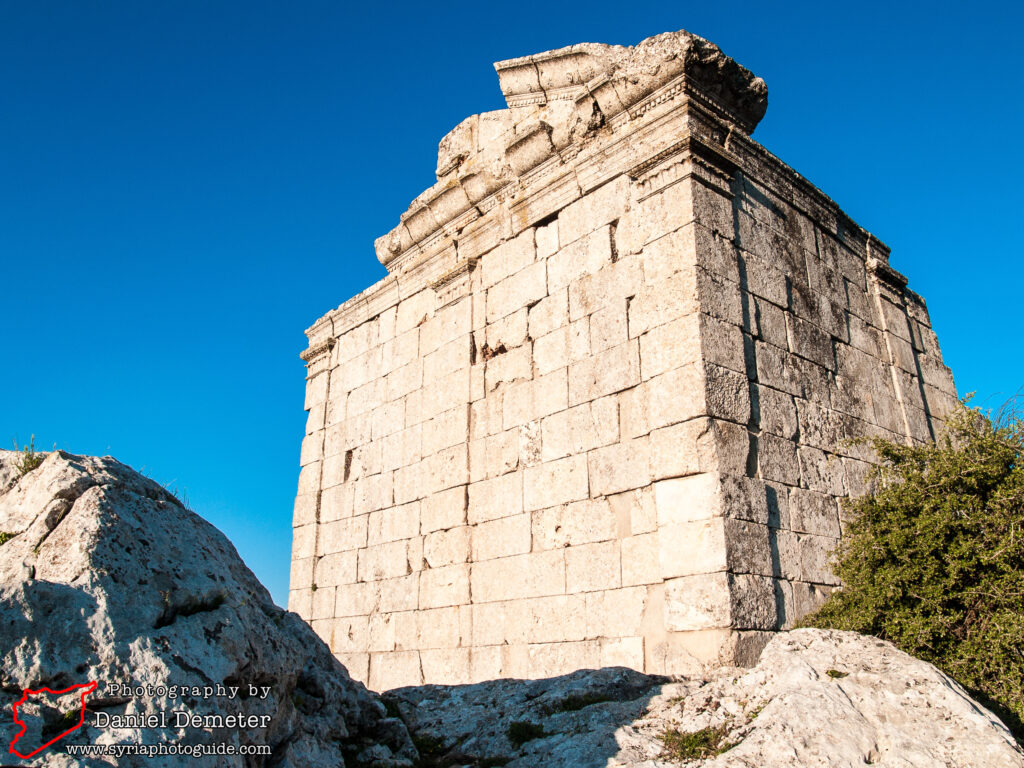
Baqirha (باقرحا), situated on the northern edge of Jebel Barisha (جبل باريشا) and overlooking the Plain of Amuq (to the east of Antioch), is arguably the most interesting archaeological site on this mountain range. Baqirha (باقرحا) has remains from both the Roman and Byzantine periods, including the best preserved Roman temple in the northwest of Syria.
The Roman temple, whose surprisingly intact remains stand on the southern edge of the site, consists of a cella preceded by a four-columned portico of which one shaky column (with a superb Corinthian capital) is still standing. The surrounding compound wall had been removed except for the monumental gateway dated by inscription to 161 AD. The temple is dedicated to Zeus Bombos (Zeus of the Altar) but was probably established on the site of an earlier Semitic cult center. Archaeologist Howard Crosby Butler noted “the site may easily have been one of the ‘high places’ of the early inhabitants which the Roman conquerors chose further to sanctify by the building of a shrine which should give a Greco-Roman character to this ancient Oriental place of worship and clothe the old tradition with the dignity of classic architecture.”
There were other temples to Zeus in the area, notably the one whose remains can still be traced on the top of nearby Jebel Sheikh Barakat. The Baqirha (باقرحا) temple, however, is the best preserved and is a remarkable sight in this sweeping landscape. Butler described “the treatment of the whole edifice and its decorative effect (as) the most chaste and dignified in all Syria,” lacking the later “coarse over-elaboration” found at Baalbek. The fact that virtually none of the fabric of the temple cella has been removed from the scene makes it a prime candidate for reconstruction one day.
Archaeologist George Tchalenko’s research in the area emphasizes the importance of the olive oil processing industry in the establishment and subsequent prosperity of the town. He notes that the first presses were probably set up in the second century AD under the auspices of the temple but later greatly expanded in private hands. The industry flourished given the area’s easy access to Antioch and the sea. It laid the basis for later expansion of the settlement during the Byzantine period, hence the remarkable extent of the ruins in the lower town.
Further down the hill from the temple, the jumbled ruins of this extensive Byzantine town contains much of interest but at first sight the confusion seems total. There are two important churches, however, which can be identified relatively easily. The first is the eastern church standing on the eastern edge of the town, the western facade and narthex of which have survived almost intact although the rest of the building is in ruins. The church is dated, by inscription, to 546 and is a columned basilica of six bays. Even for the Jebel Barisha (جبل باريشا) region, where heavy use of decoration prevailed, the degree of moulded decorative courses is extraordinary, the effecting being somewhat like drooping spaghetti. The interior decoration is also free-wheeling, with considerable departure from classical models in the column bases, capitals and mouldings of the chancel arch. The western portal is a copy of the famous doorways of the architect Kyros.
The second (western) church was probably part of a monastic institution. Little survives except the eastern wall. The central nave included a bema. In date it is earlier (501 according to the inscription on the northern gate, though parts of the compound are perhaps earlier, first half of the fifth century). The compound includes a baptistery, almost a cube in shape and richly decorated with grooved mouldings. Note especially the classic shape of the east door to the courtyard, originally preceded by a portico.

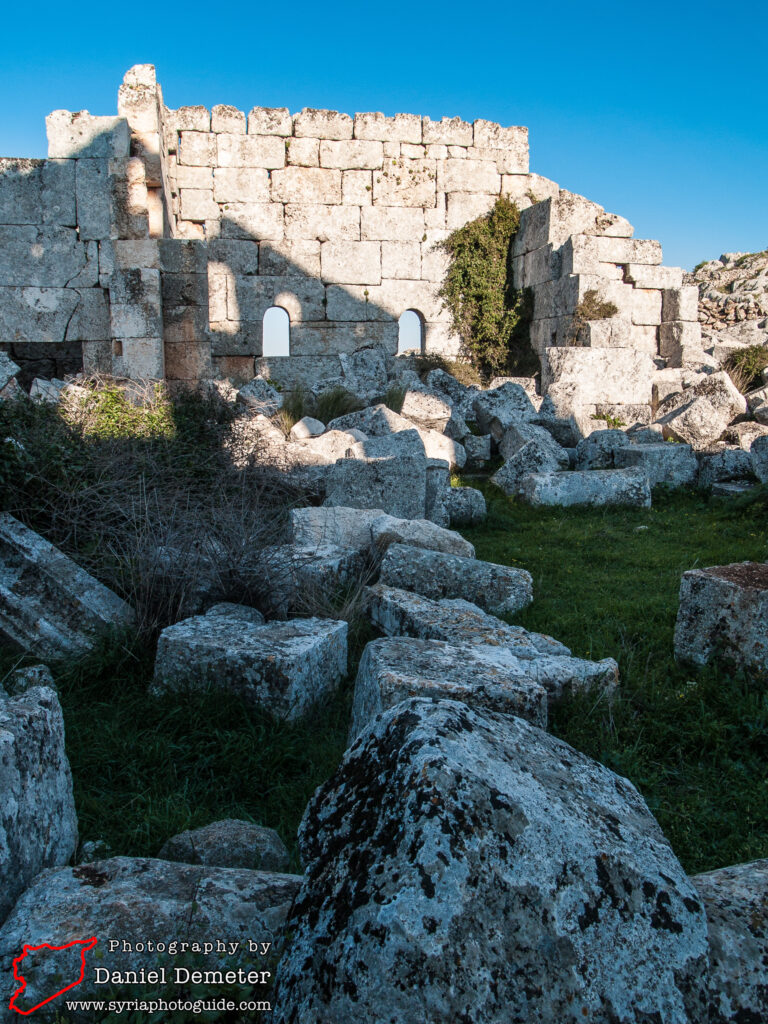
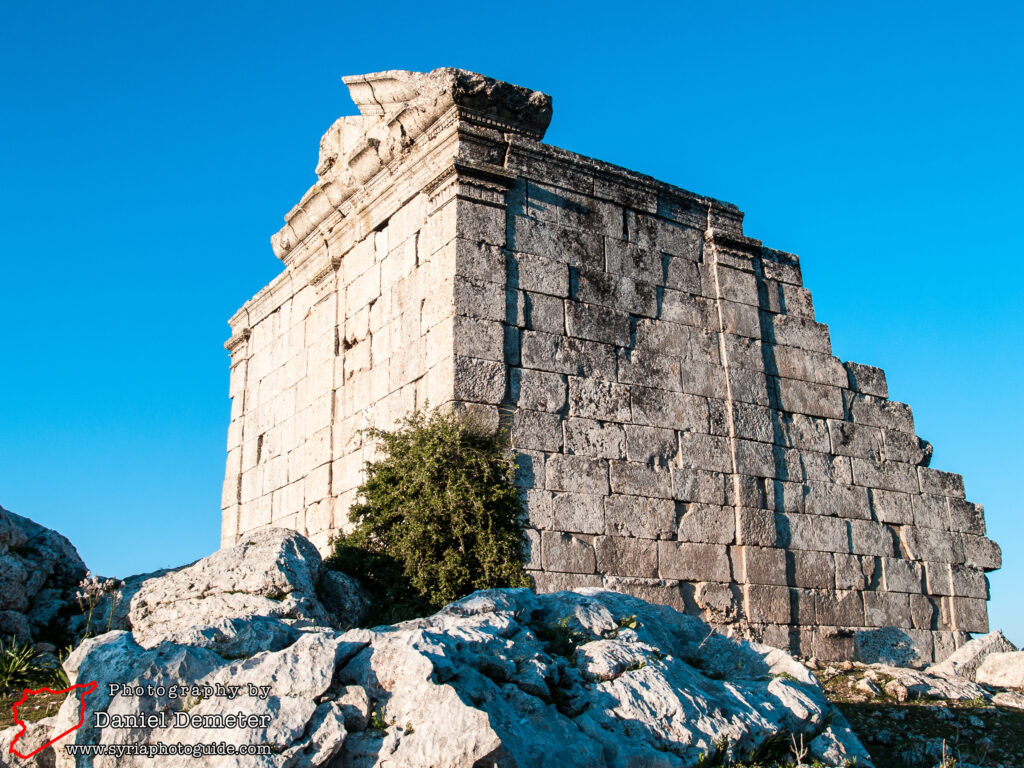
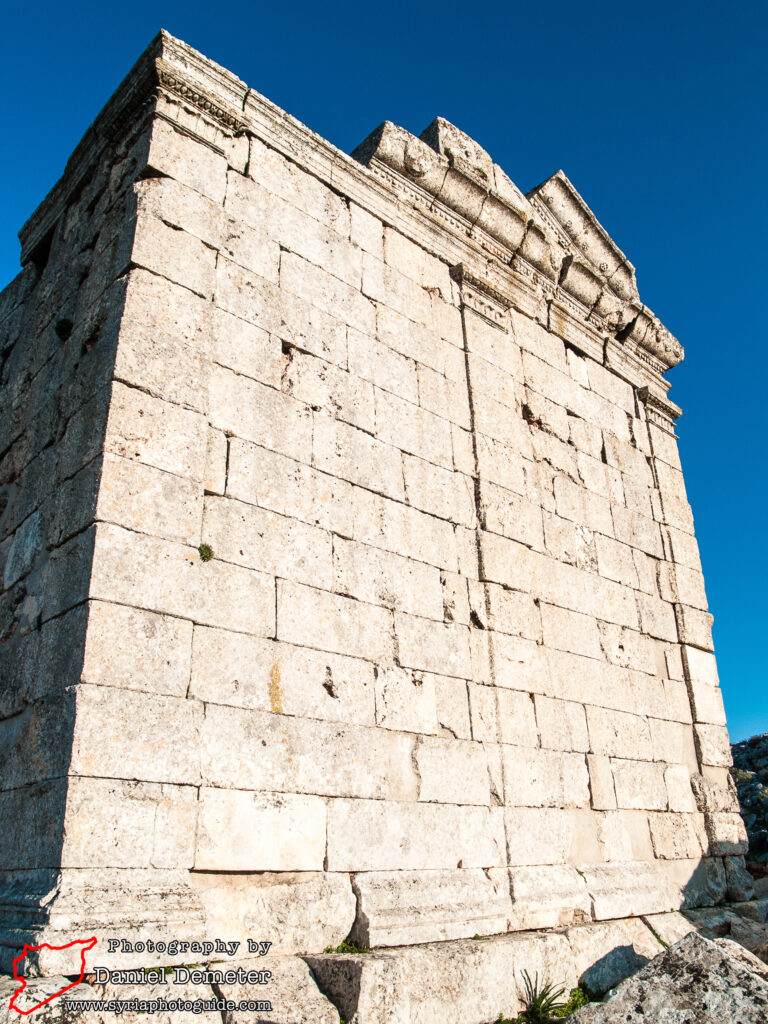
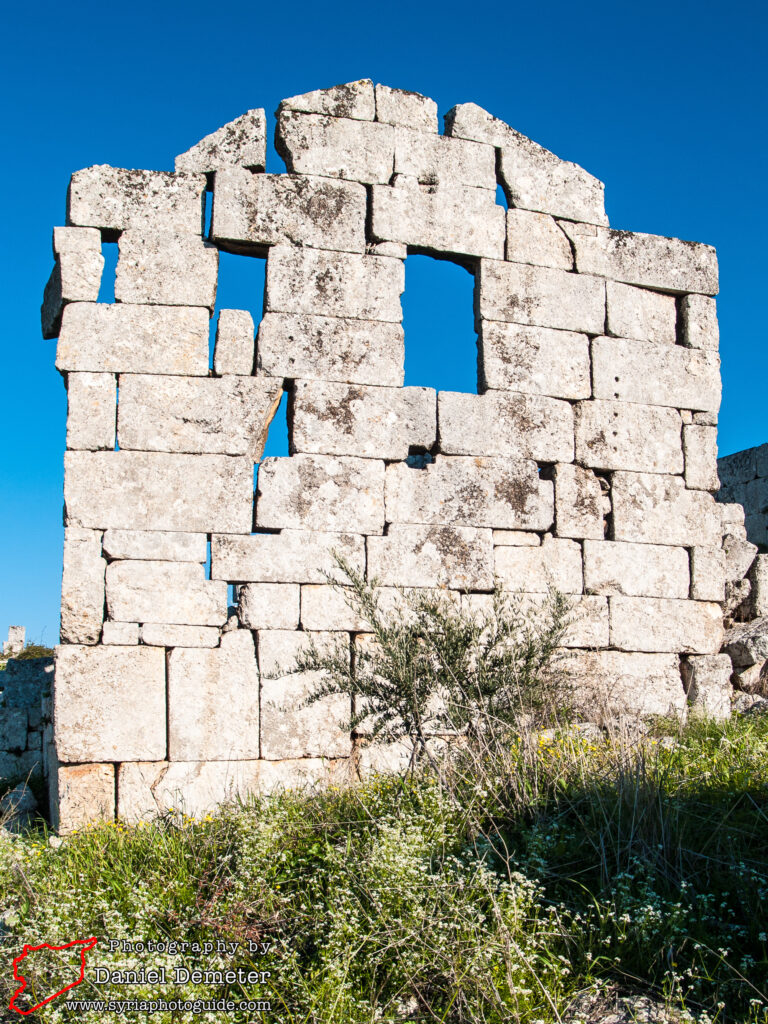
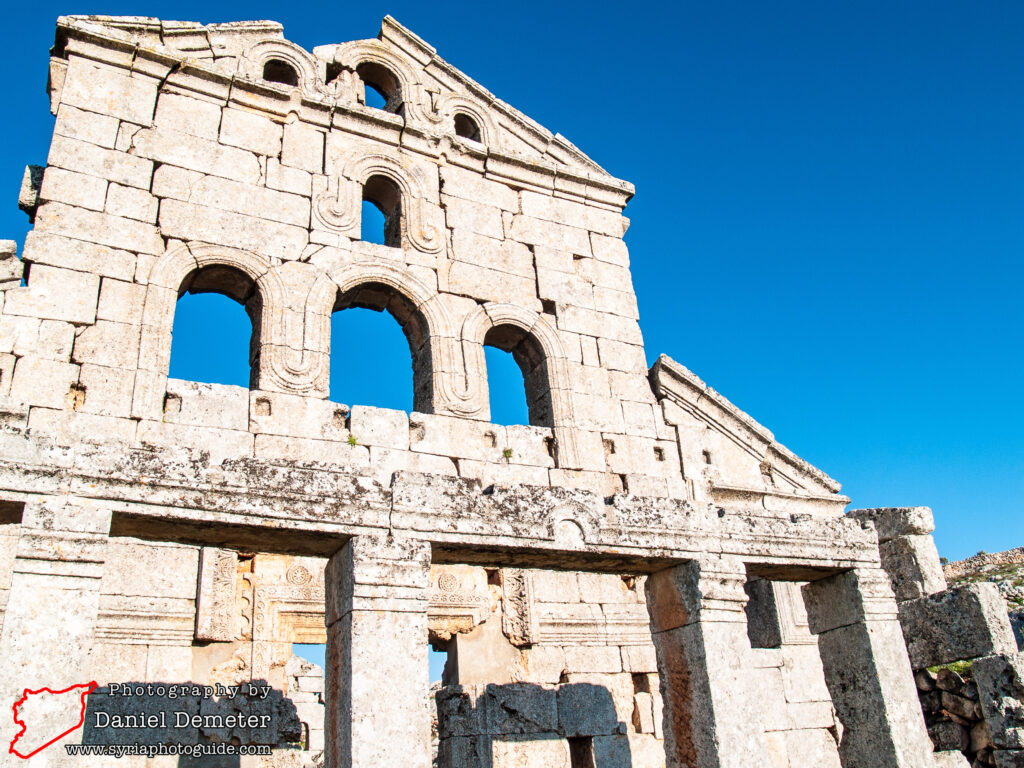
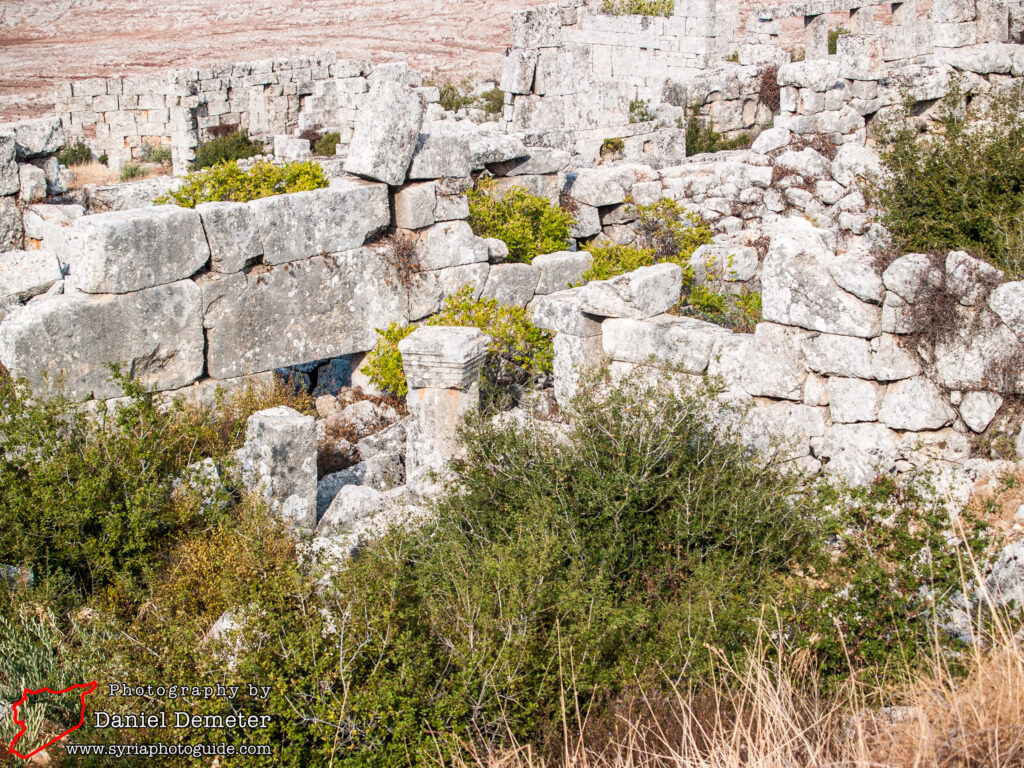
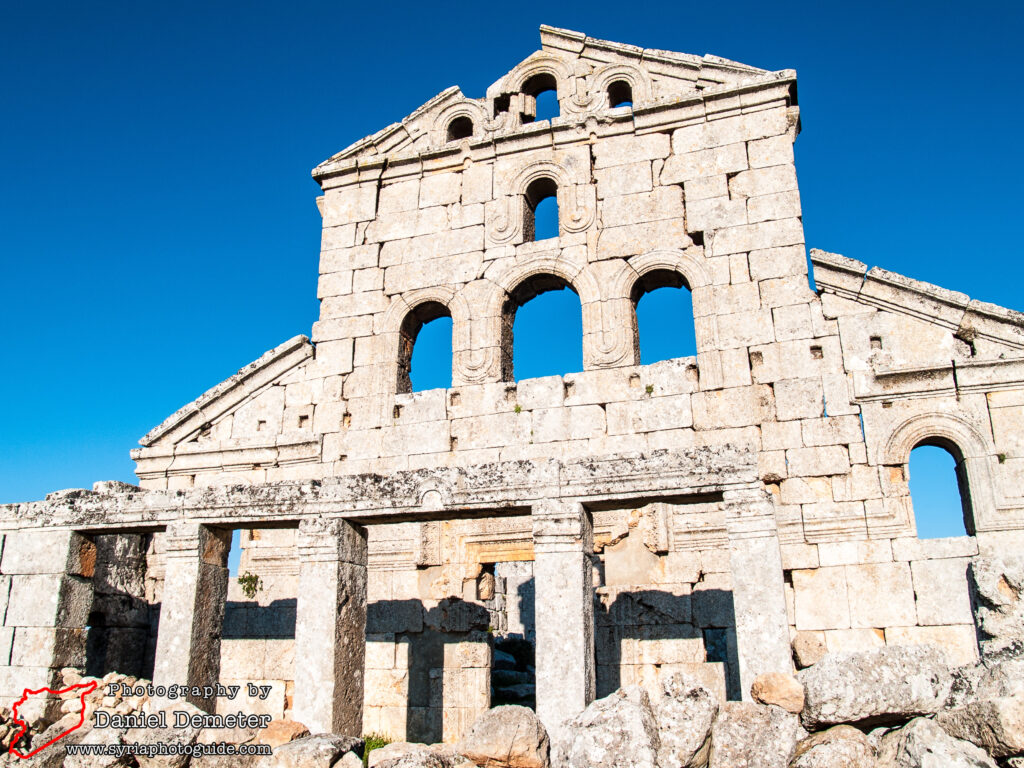
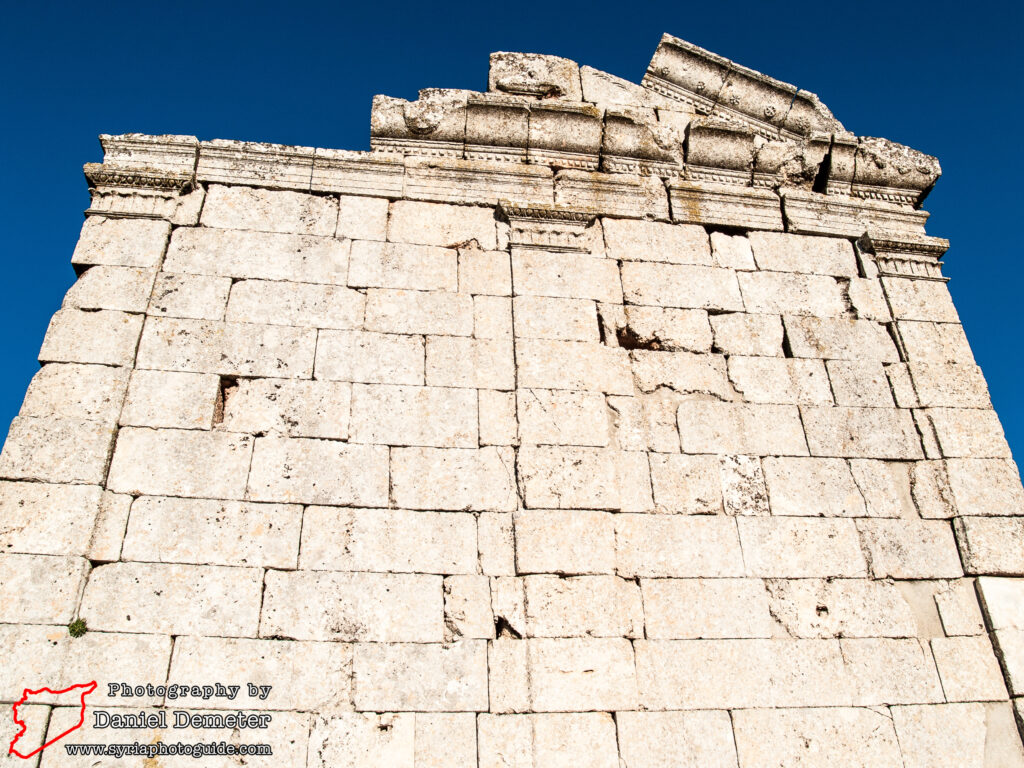
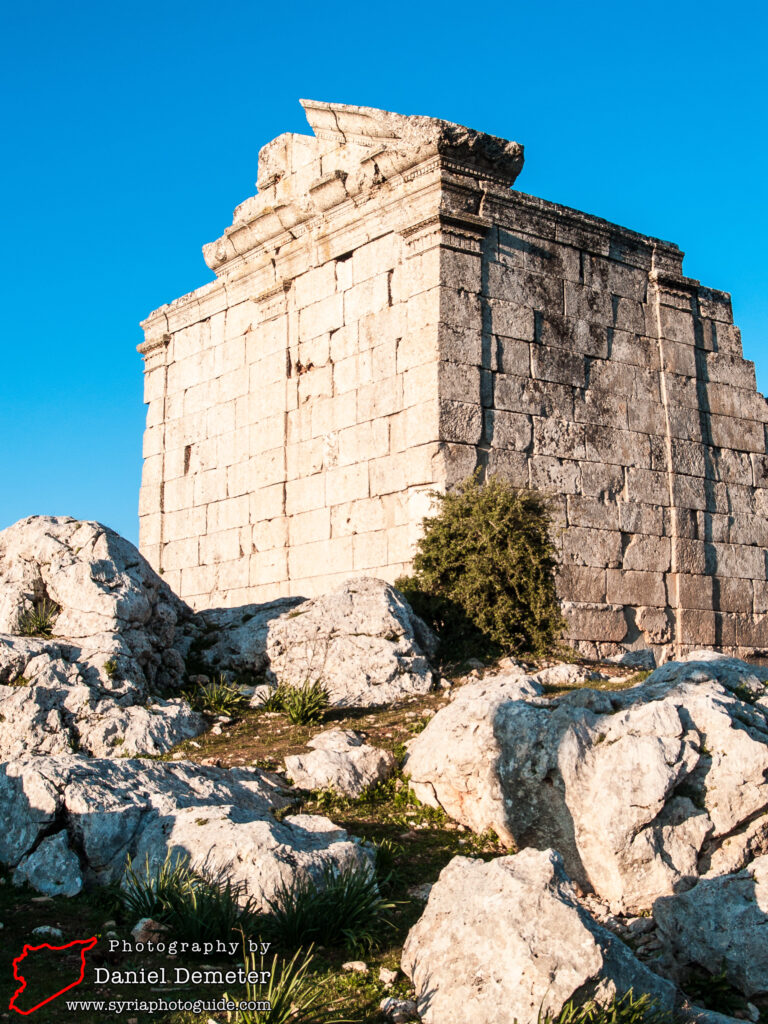
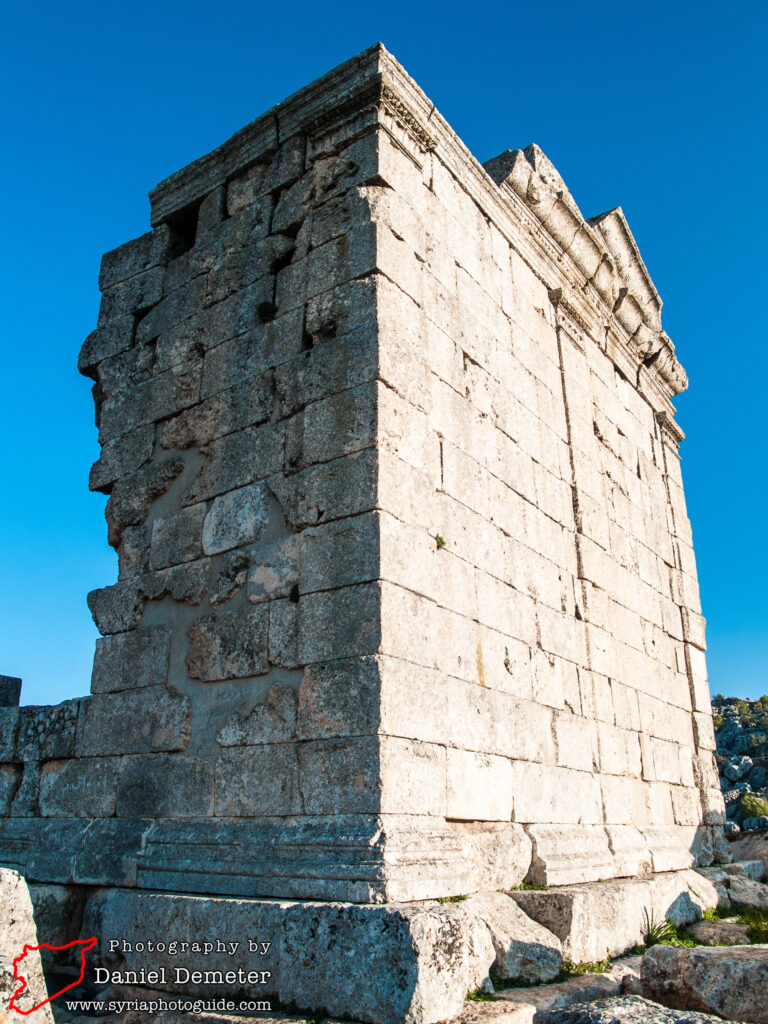
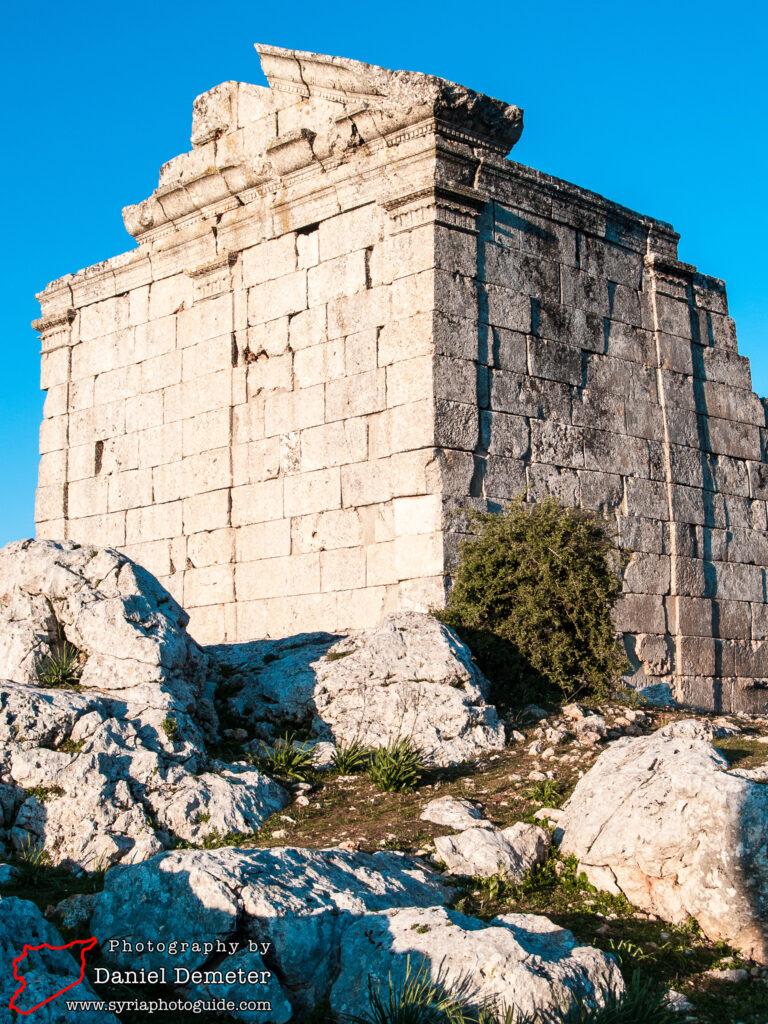

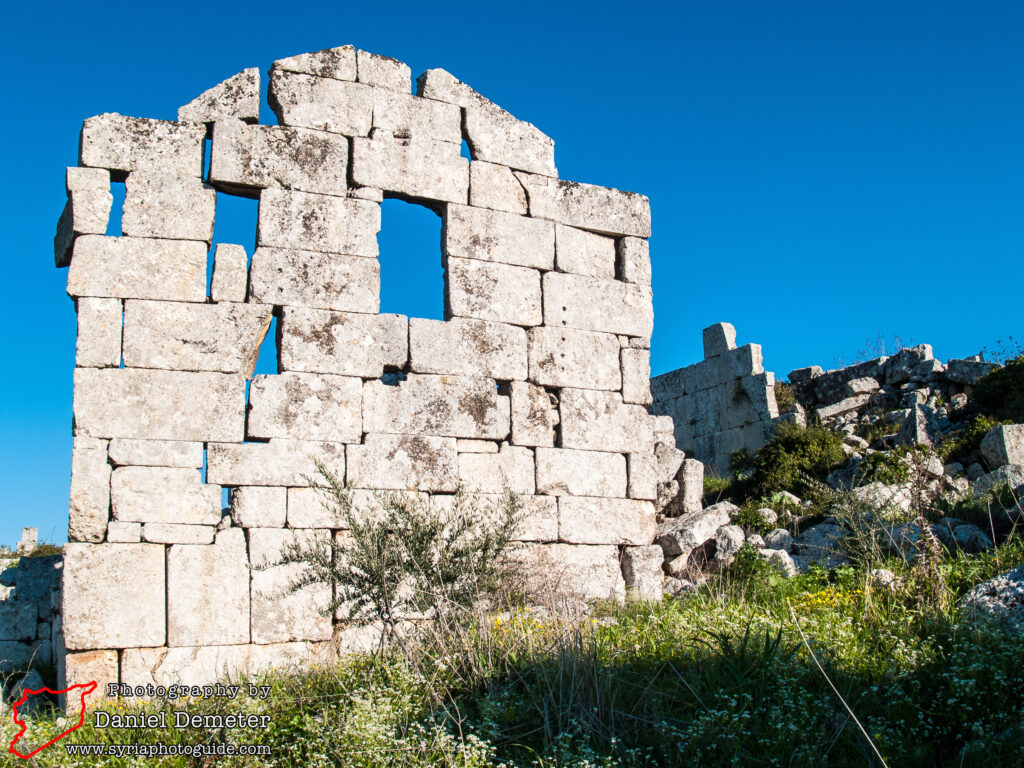
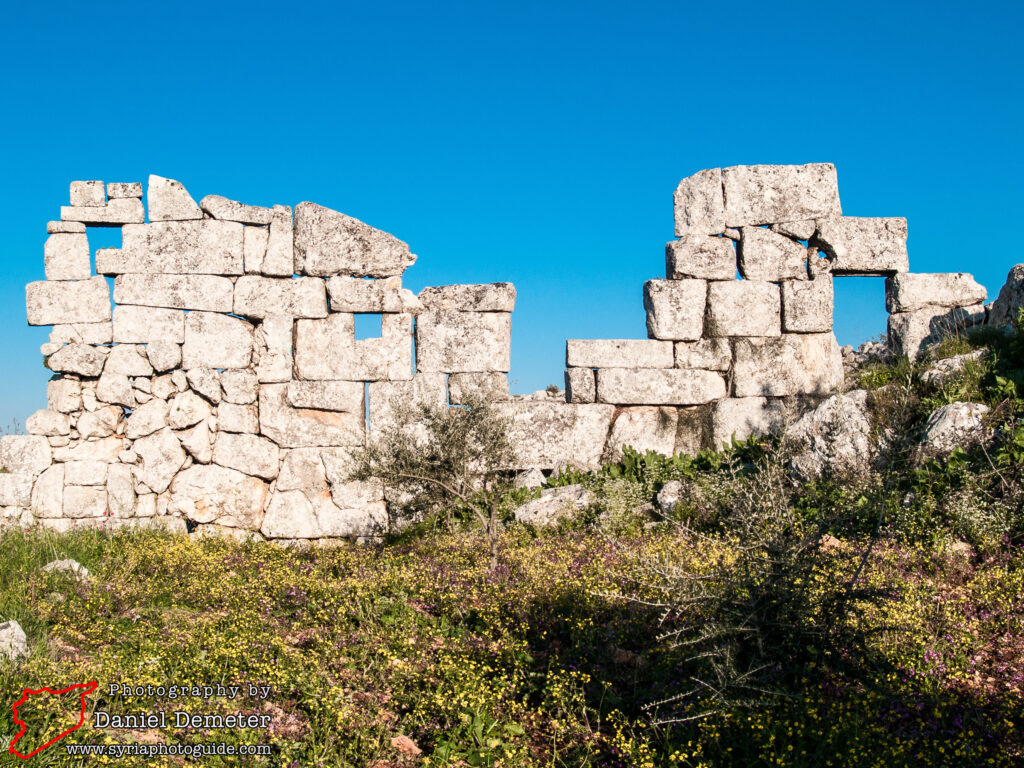
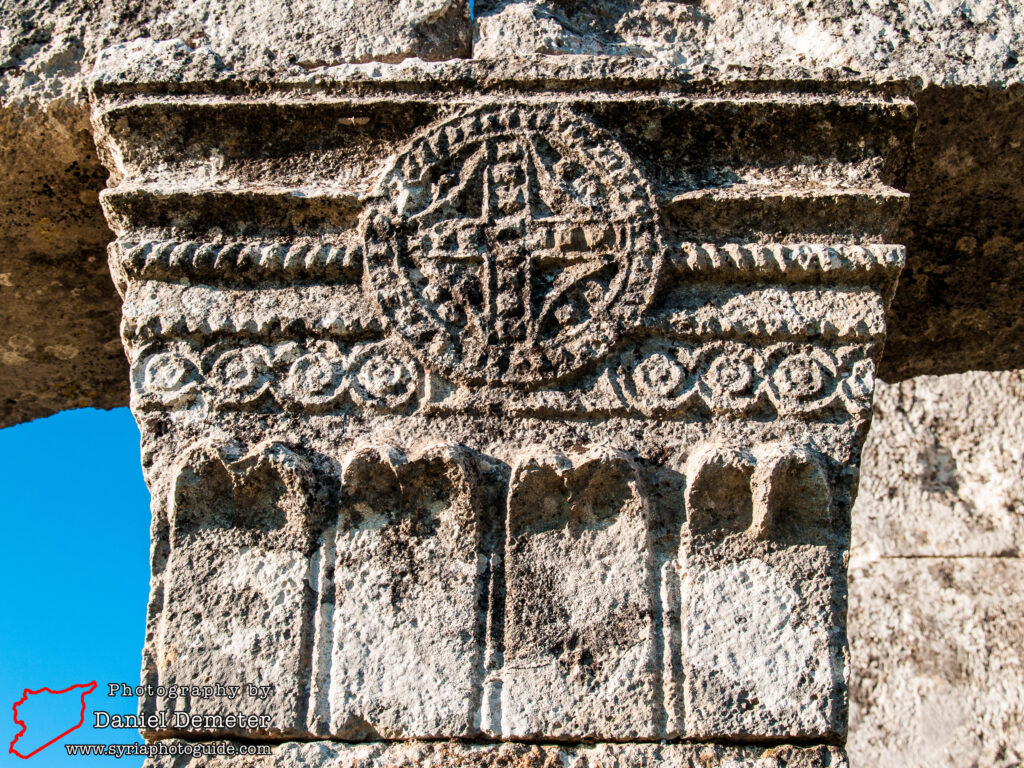
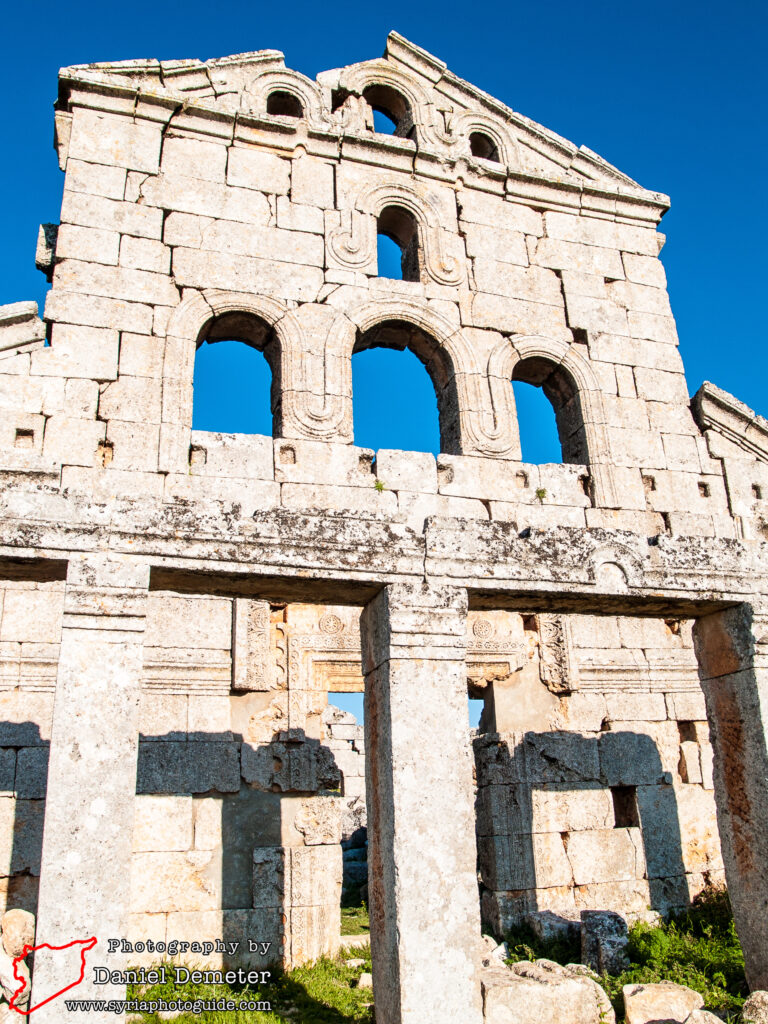
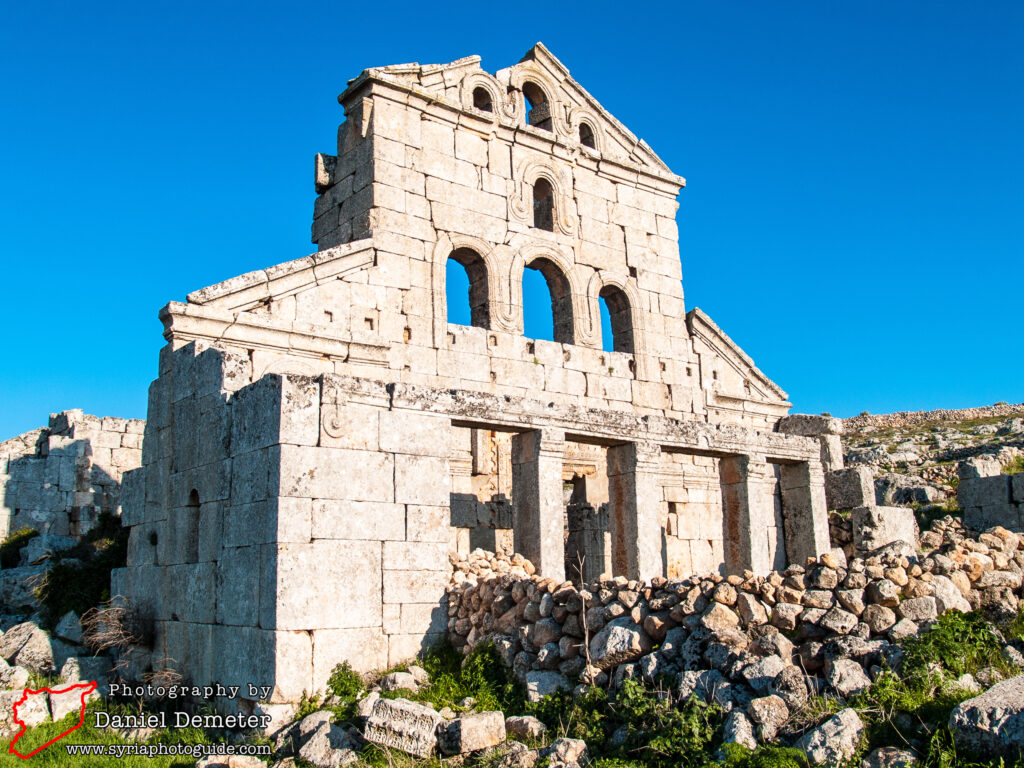
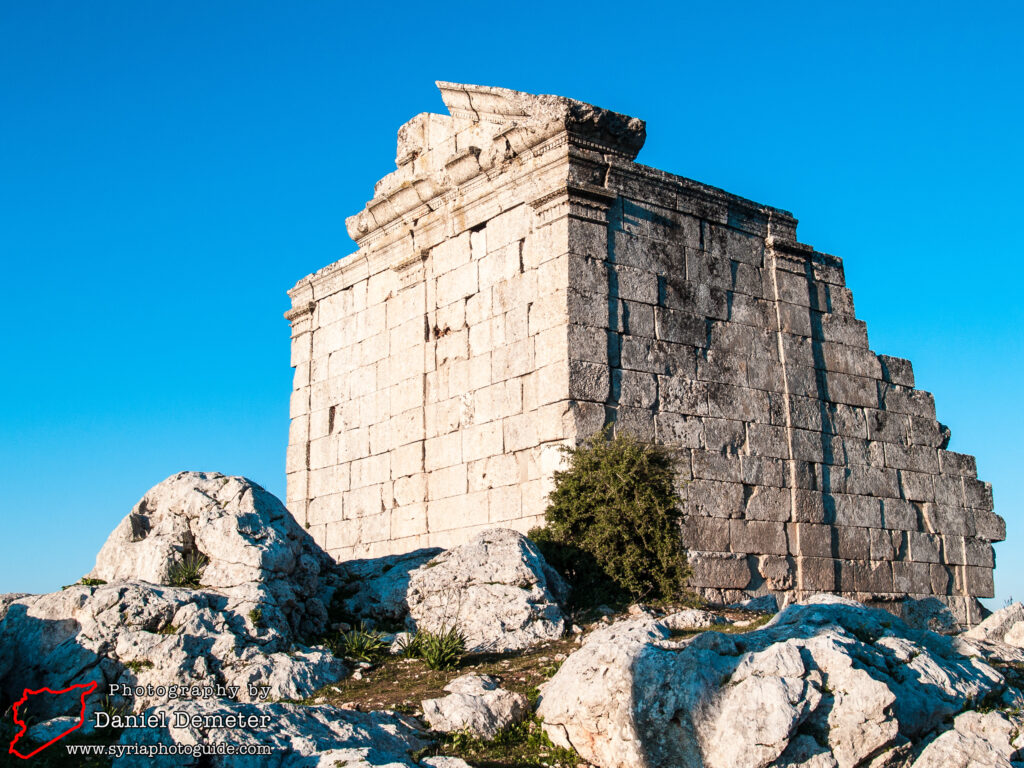
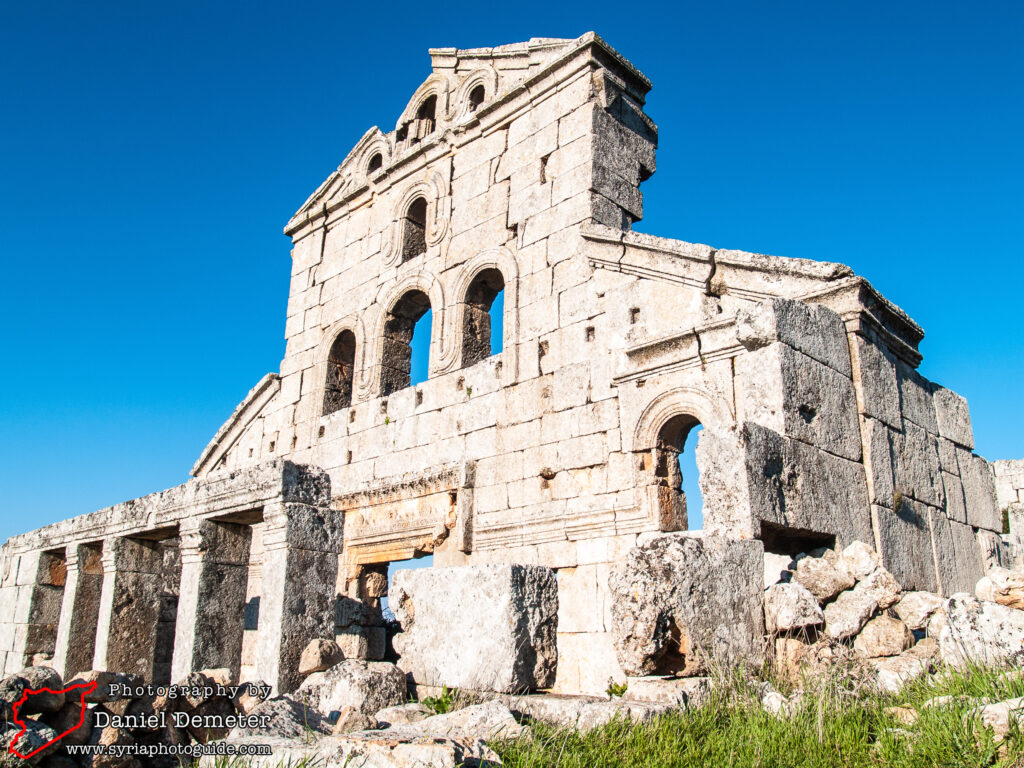
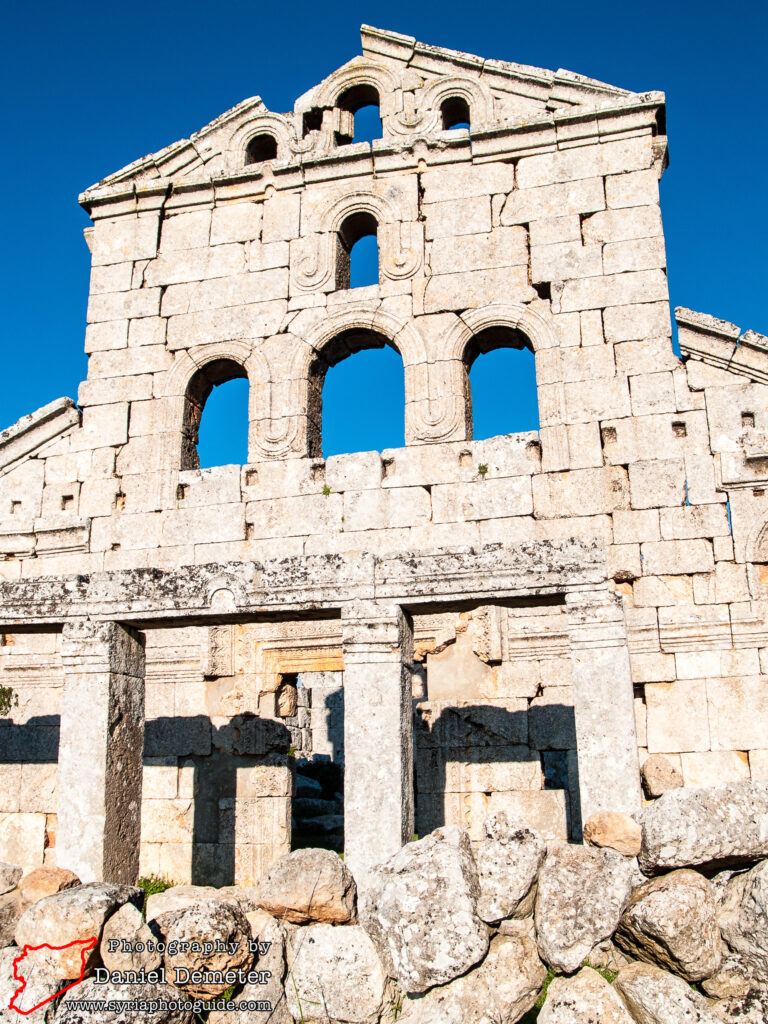
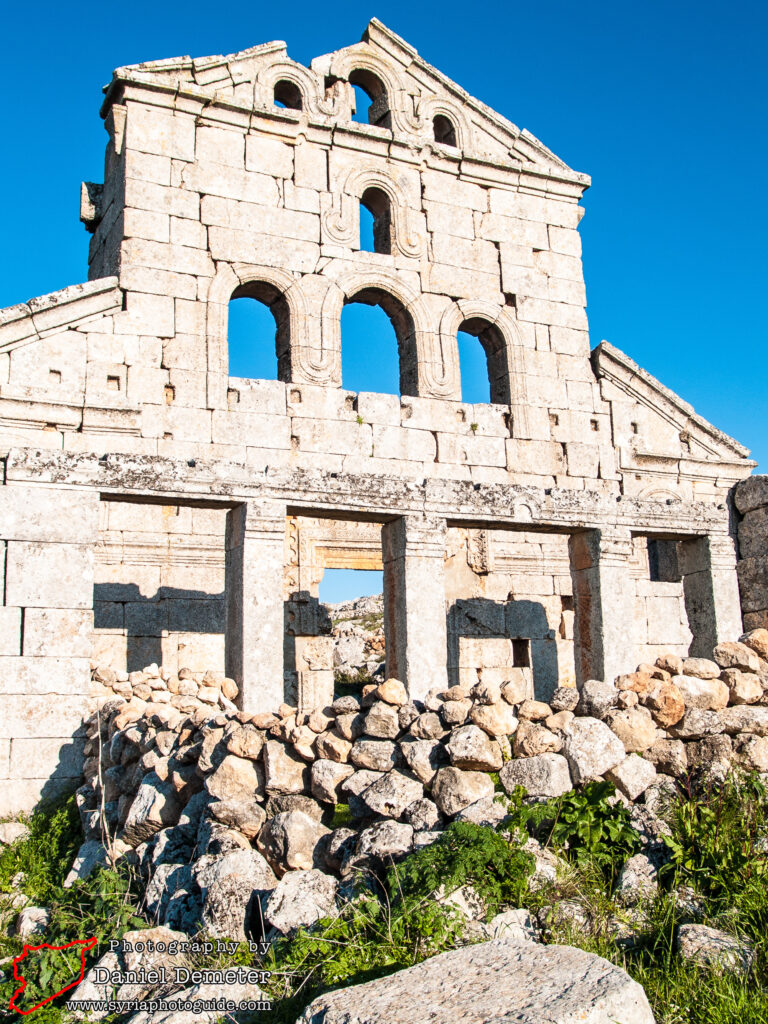
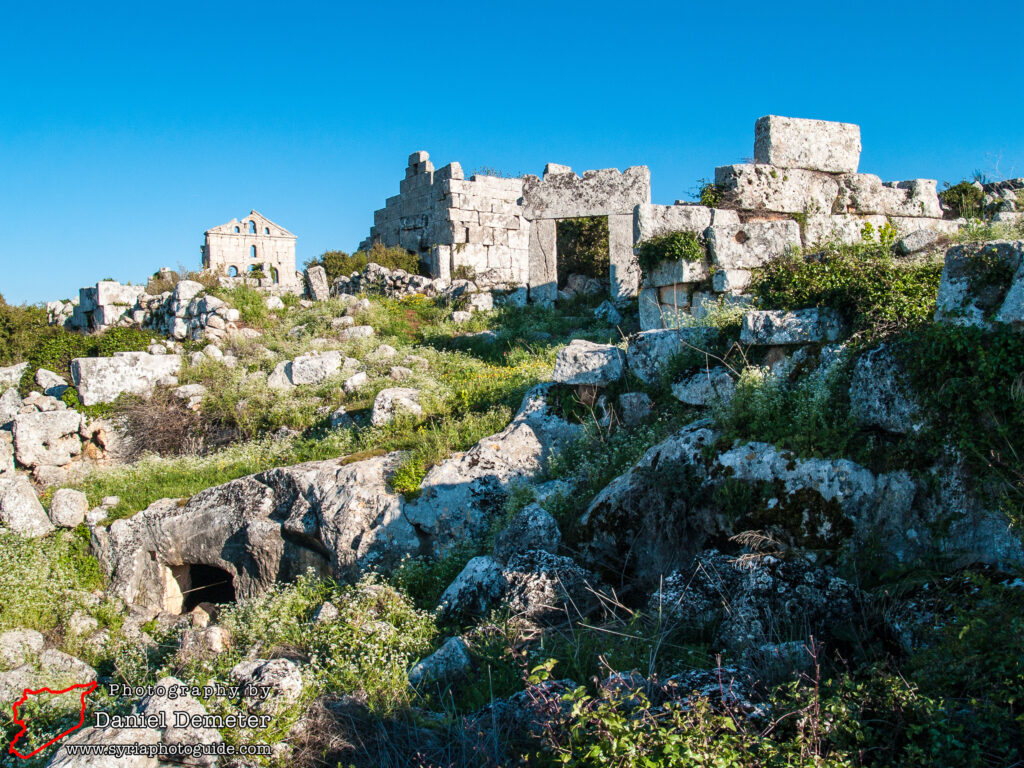


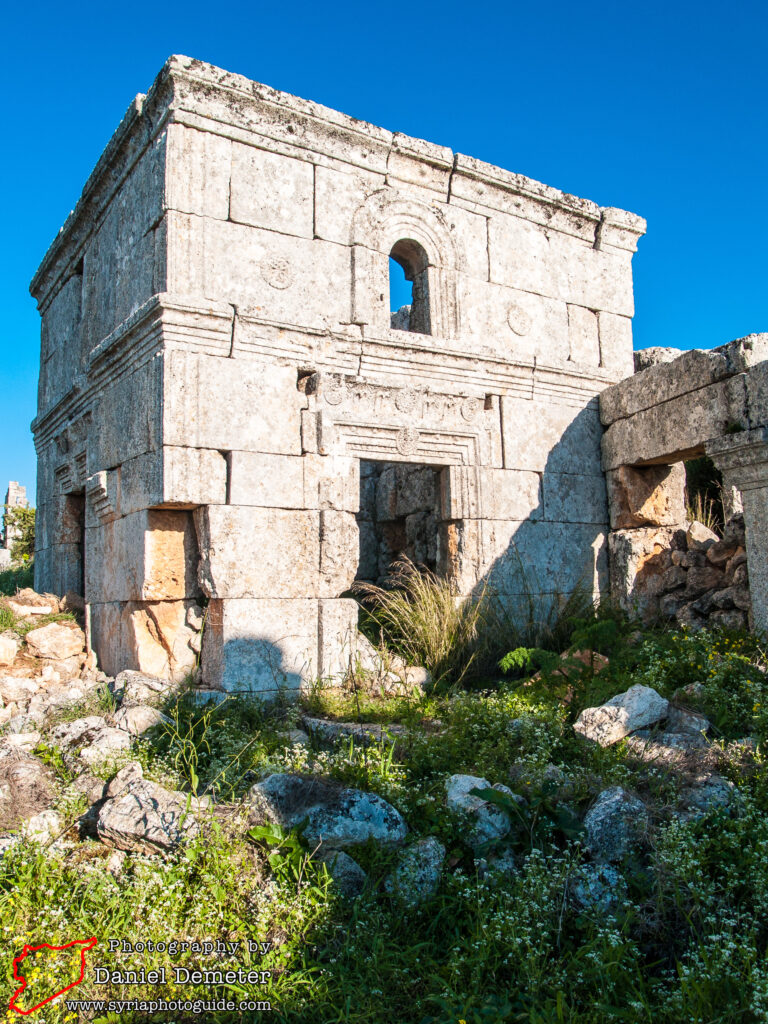
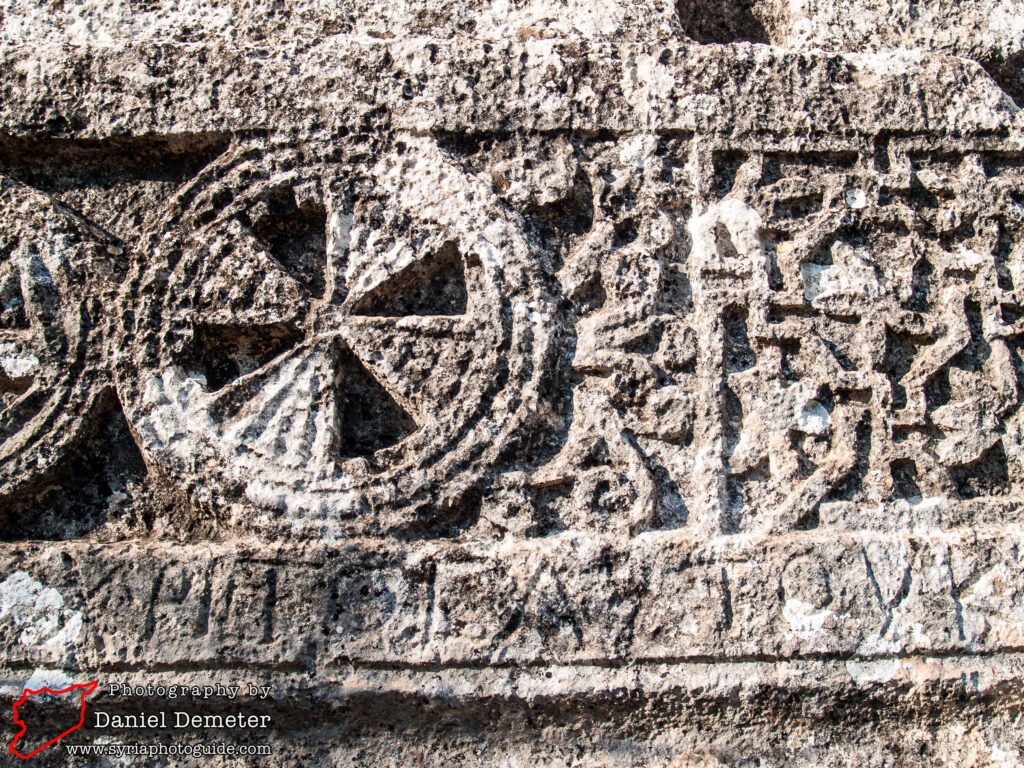
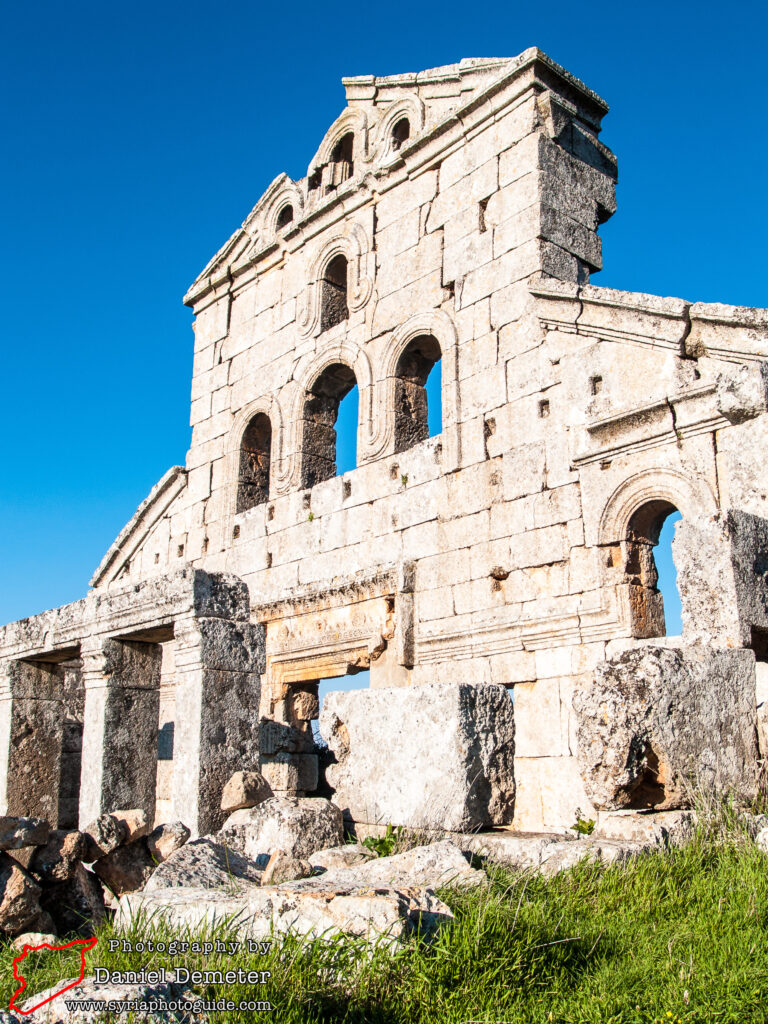
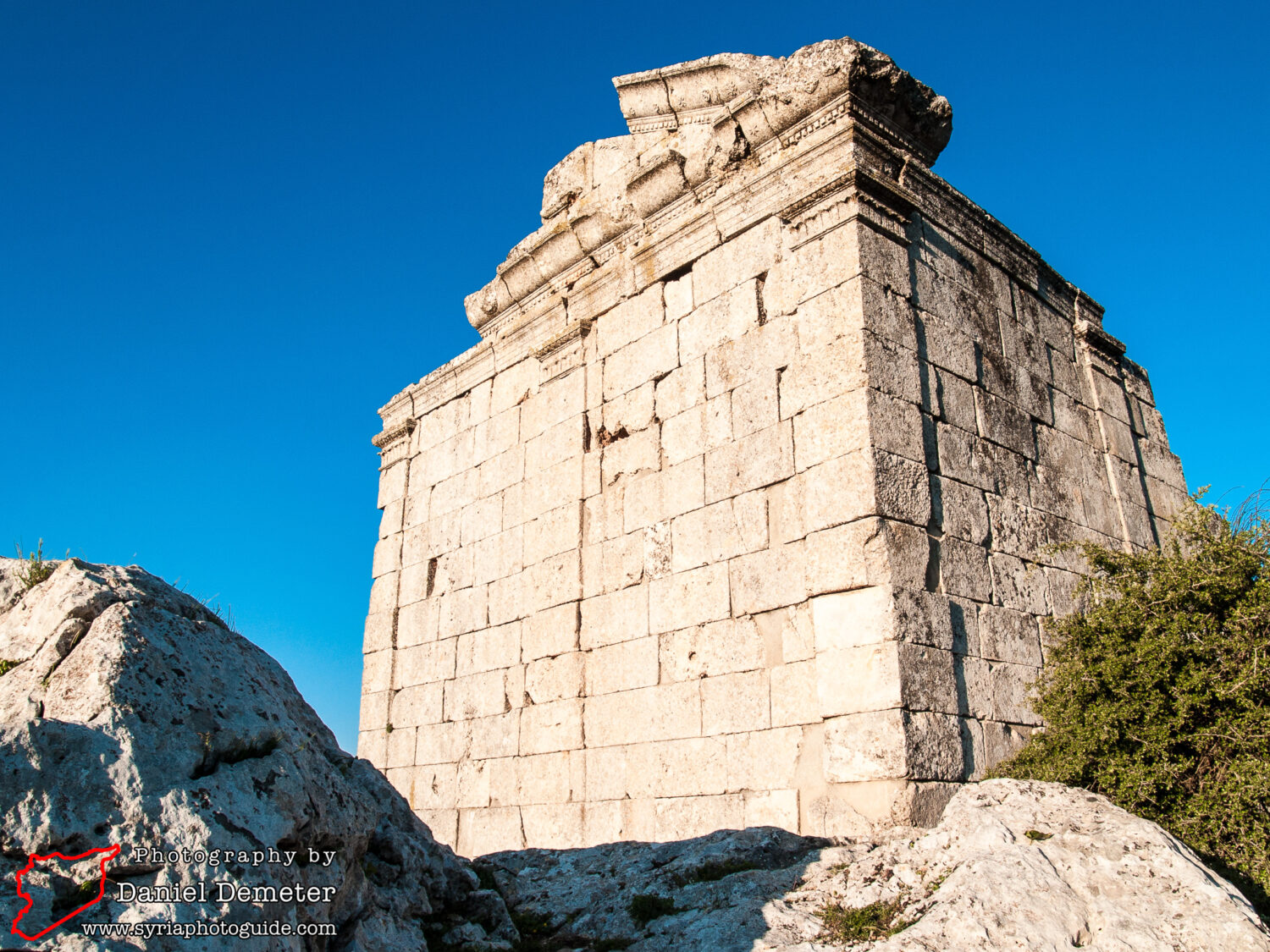
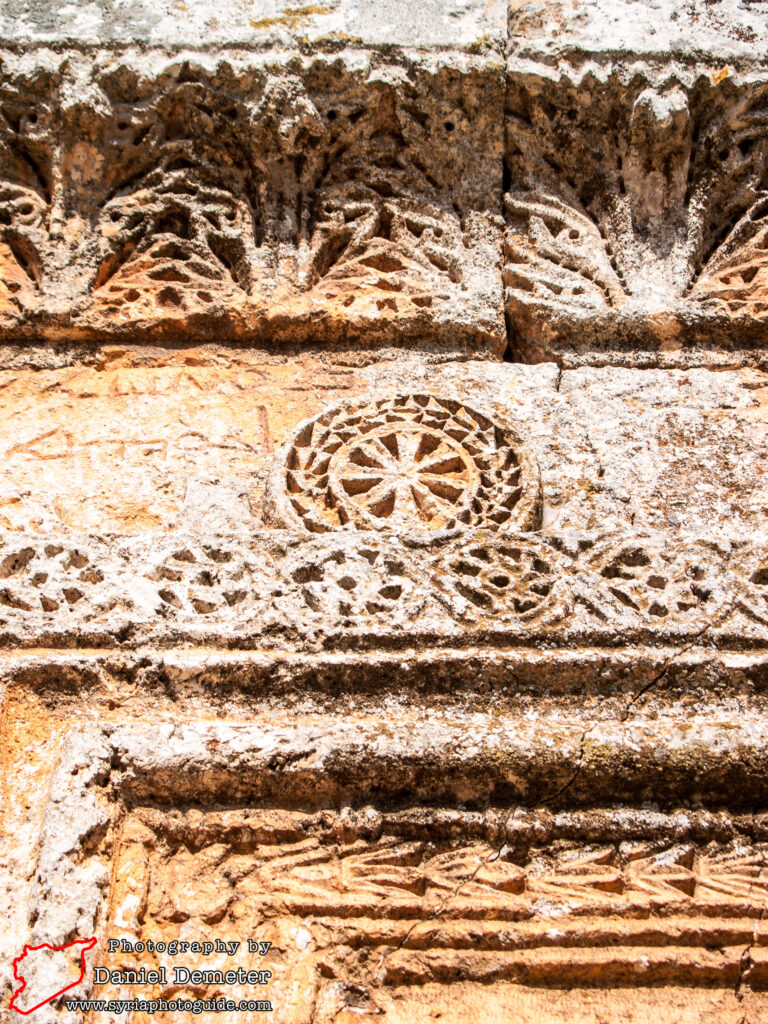
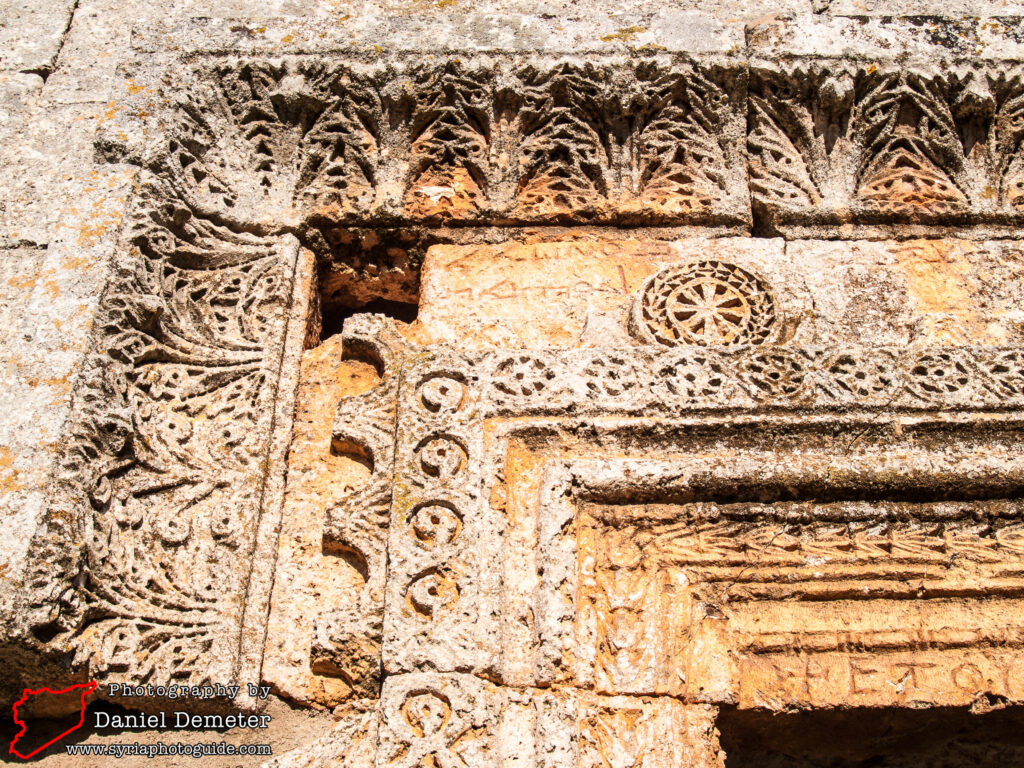
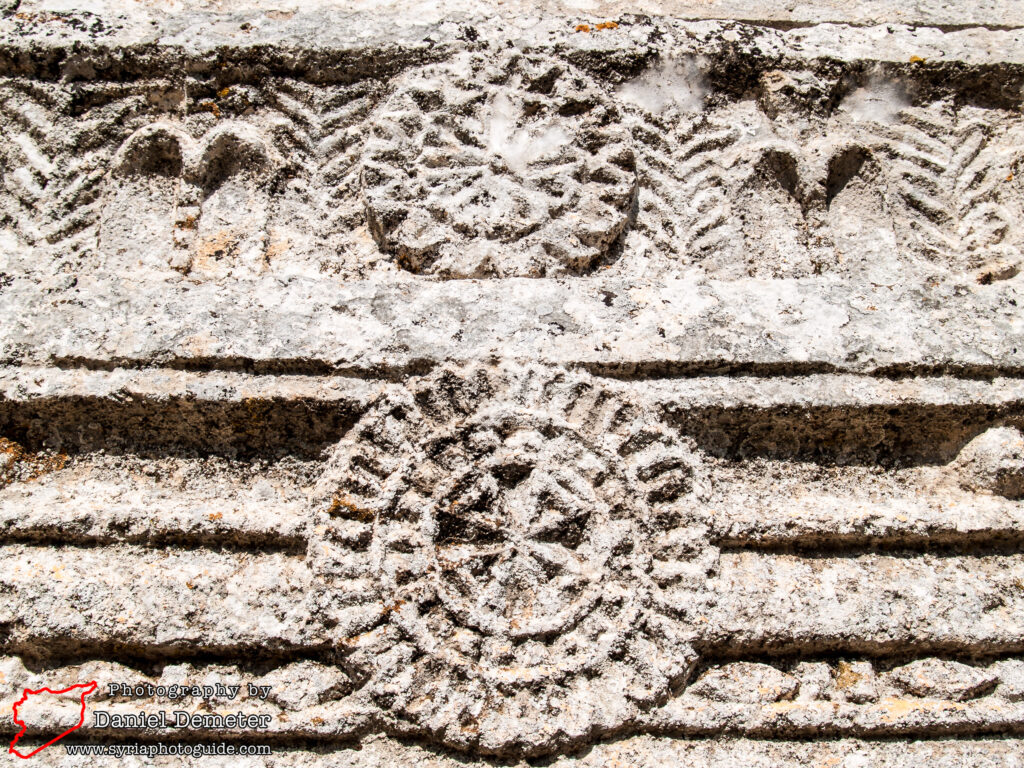
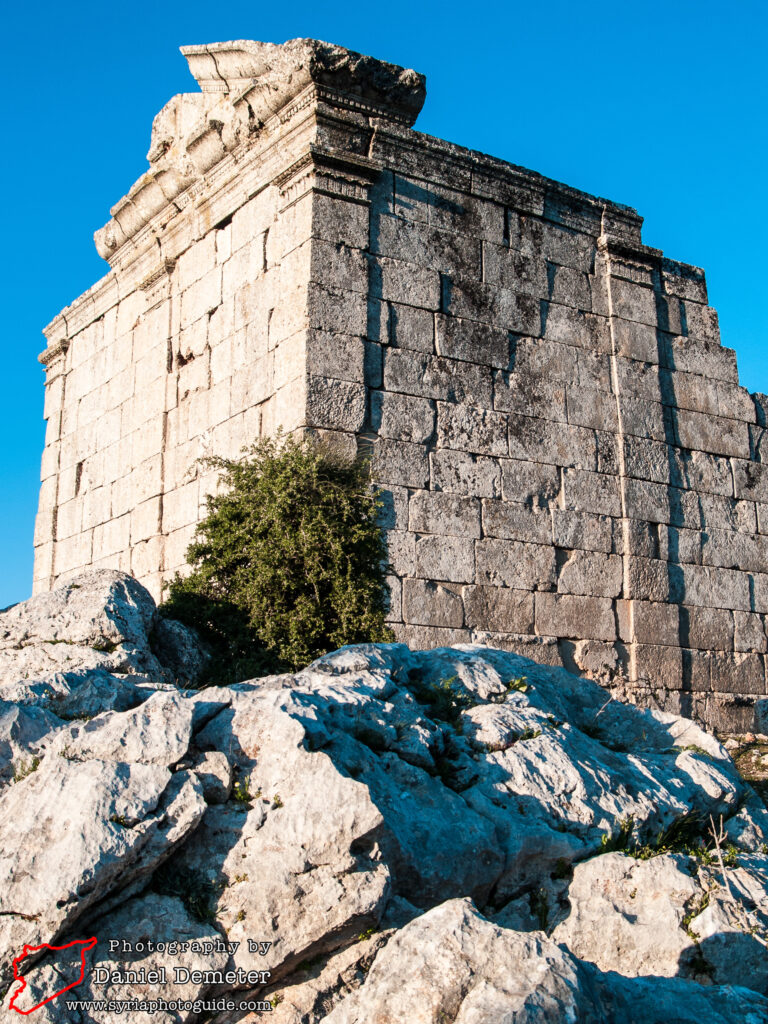
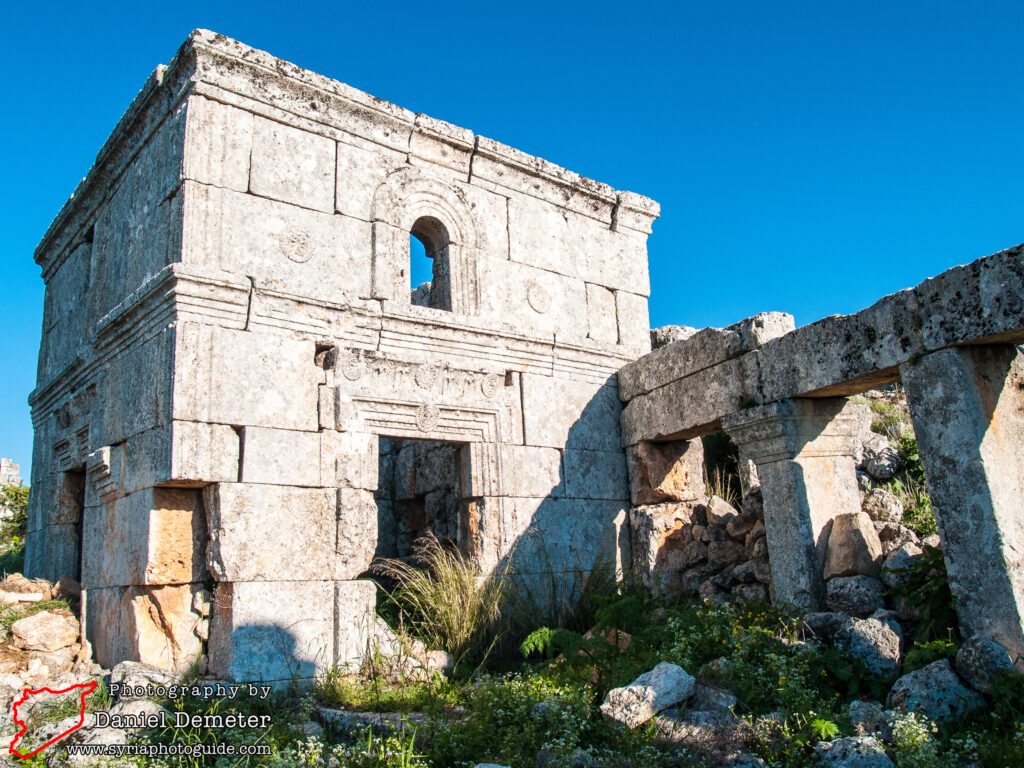
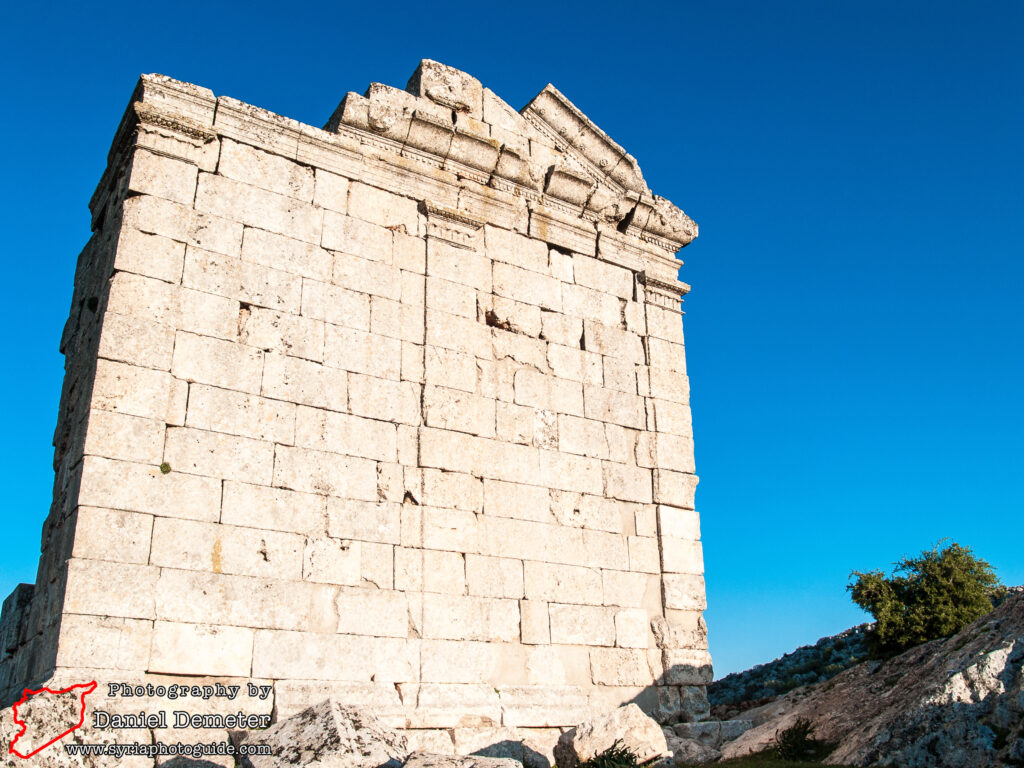
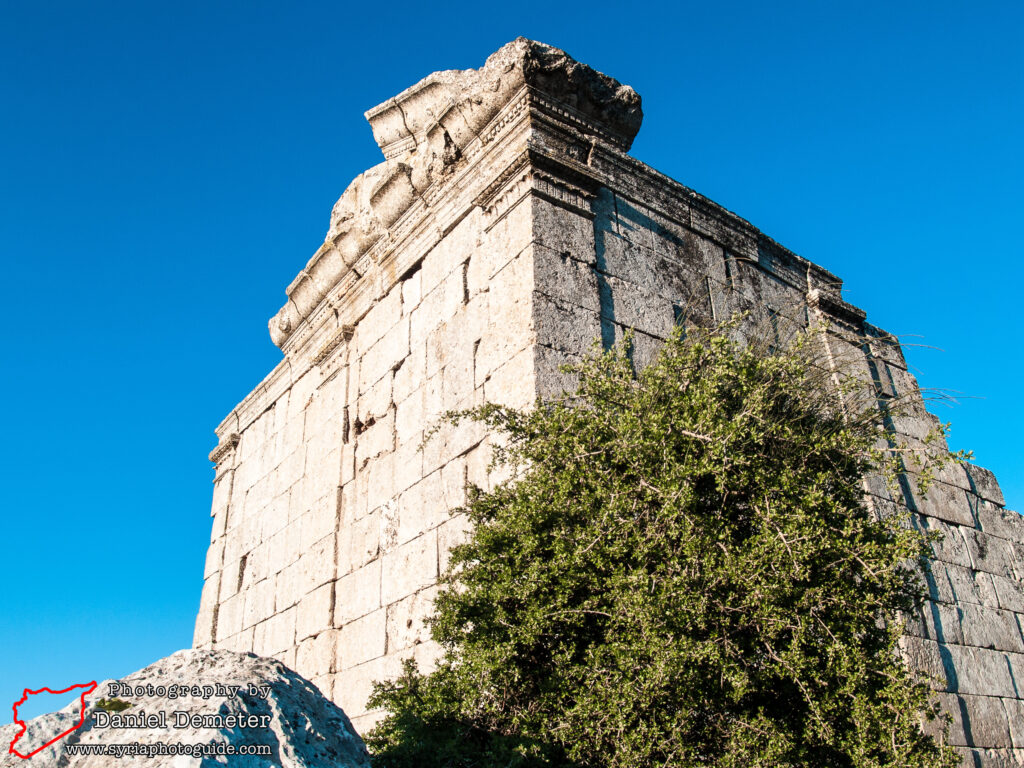
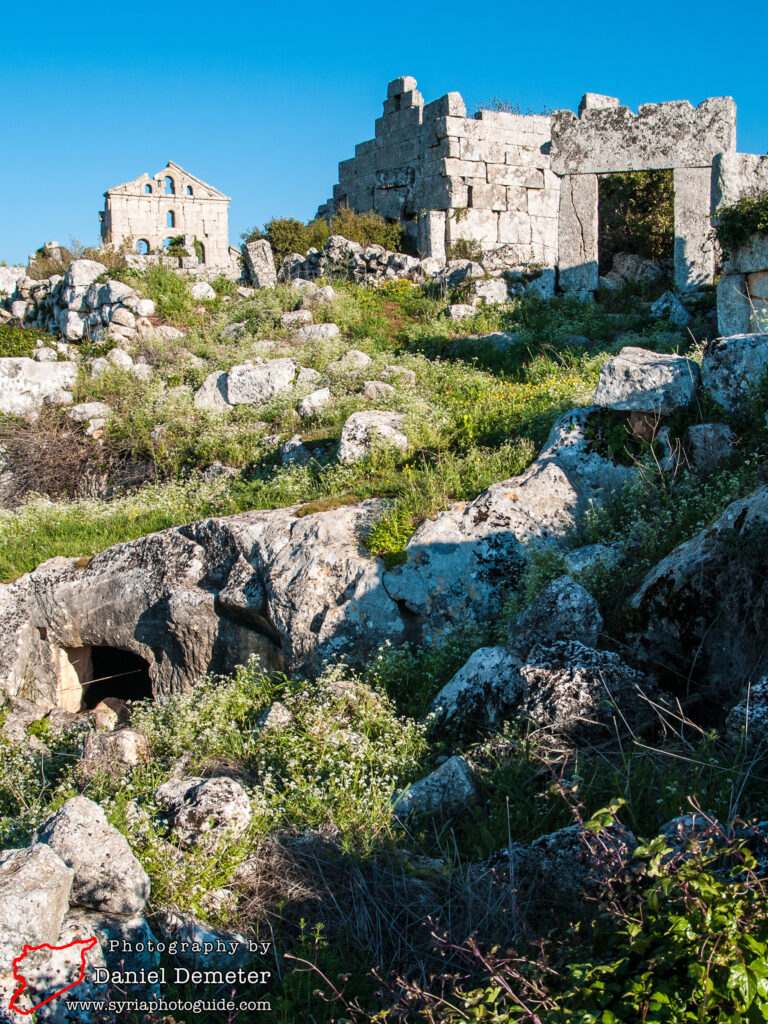
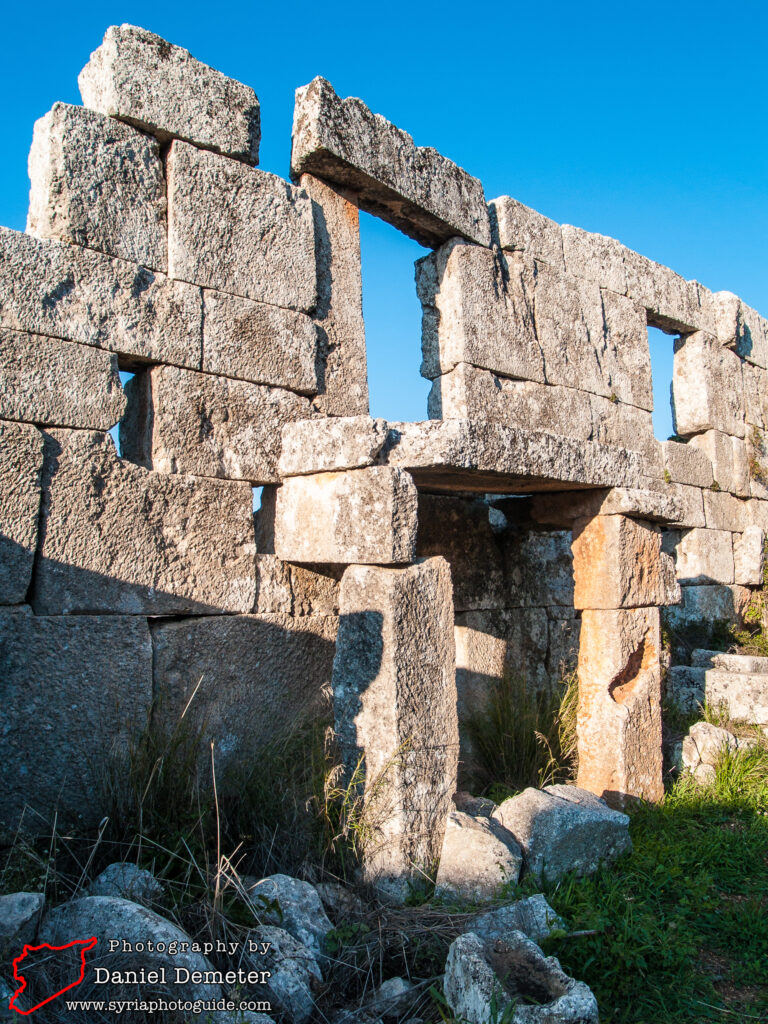
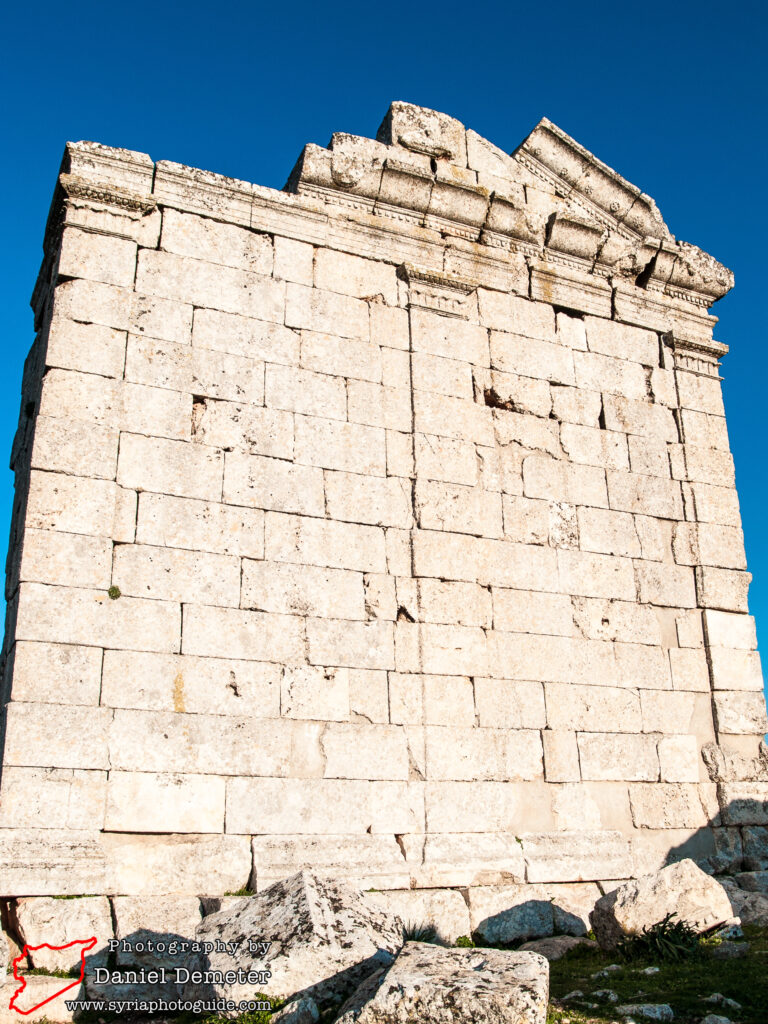
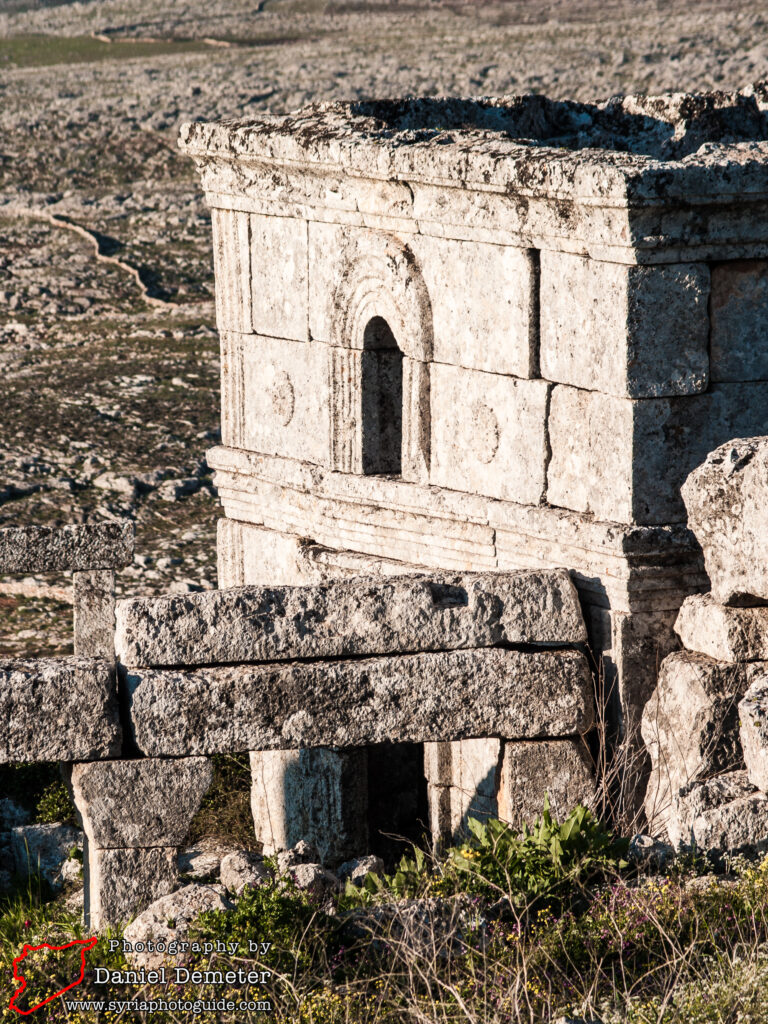
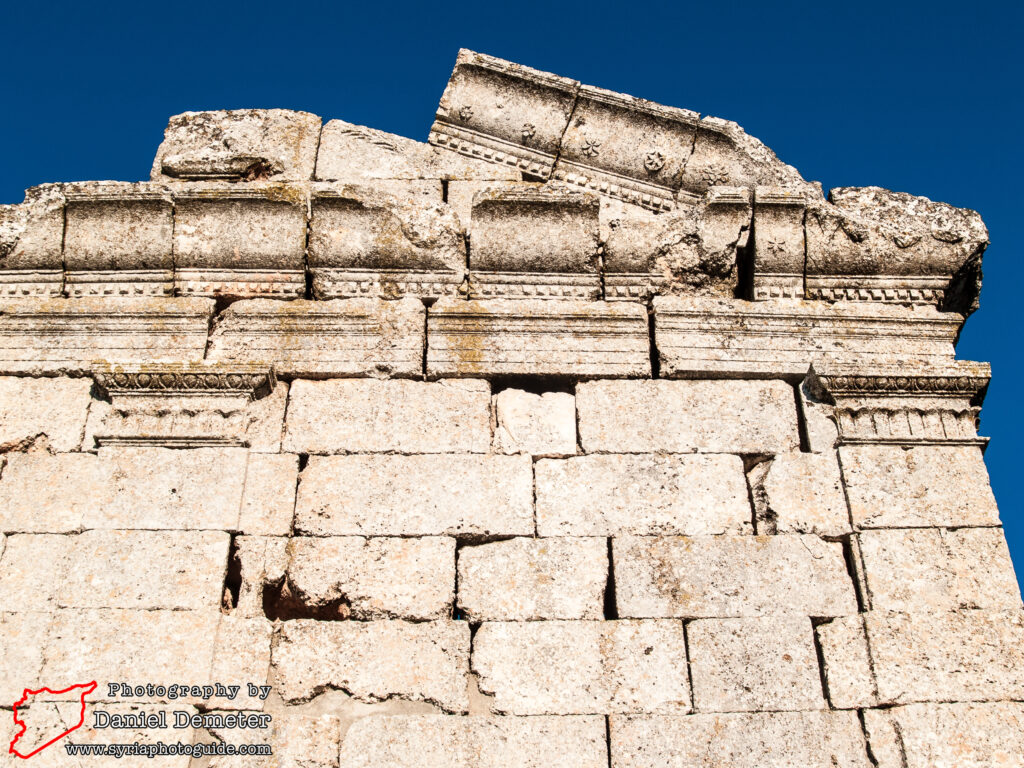
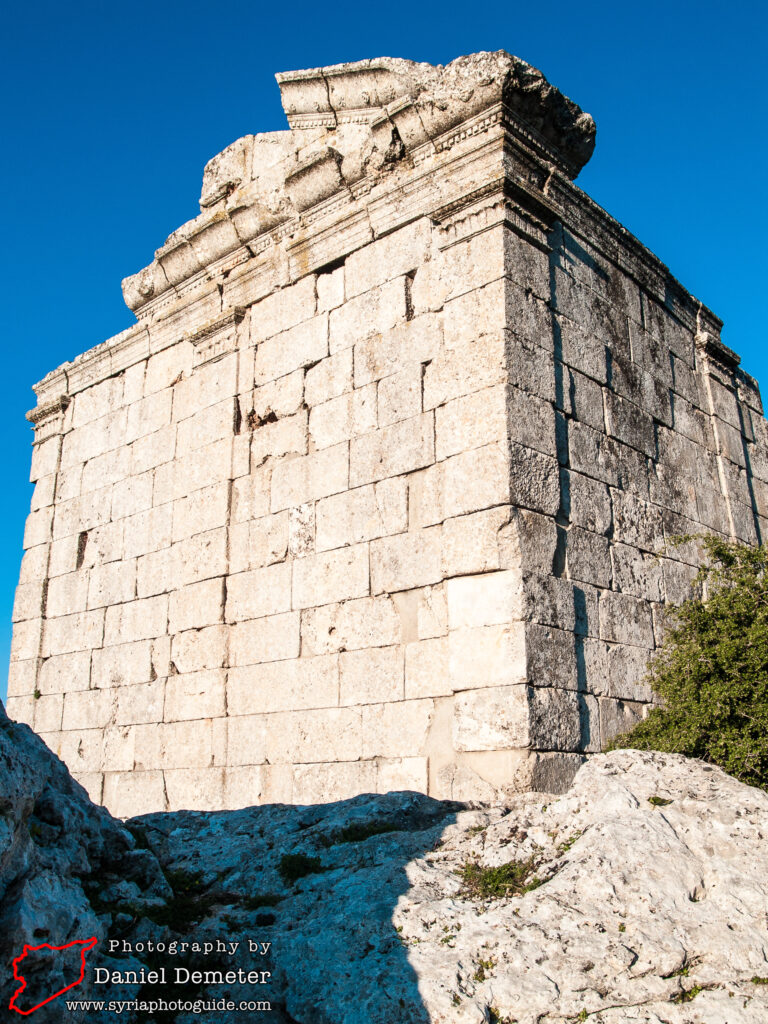
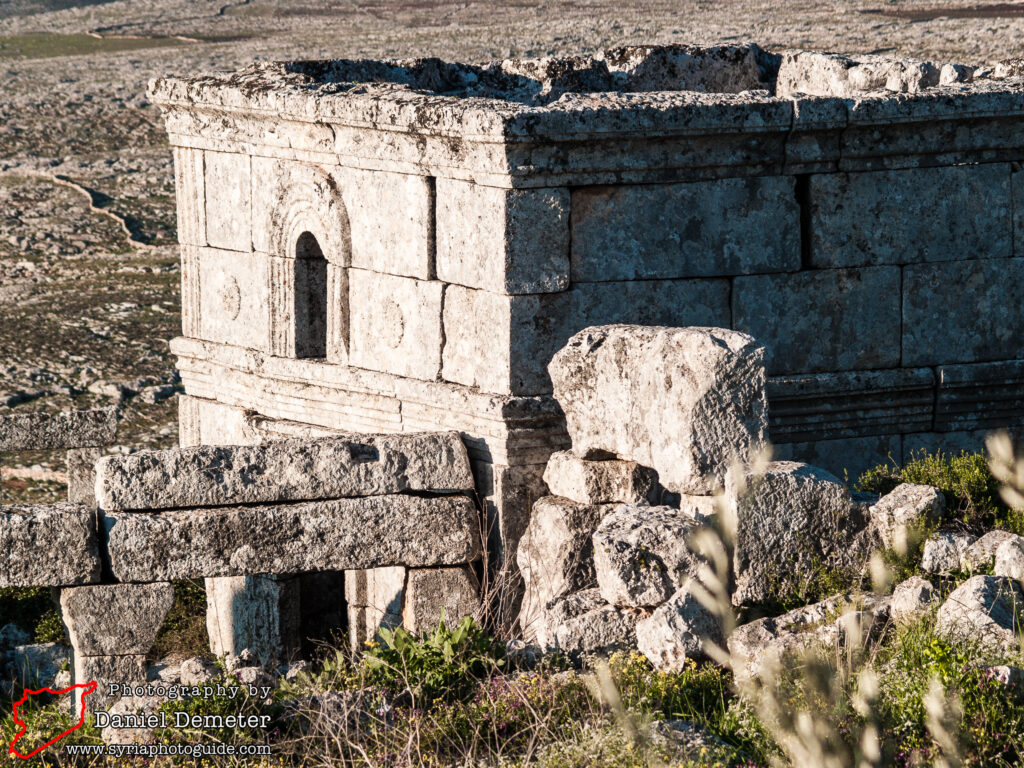
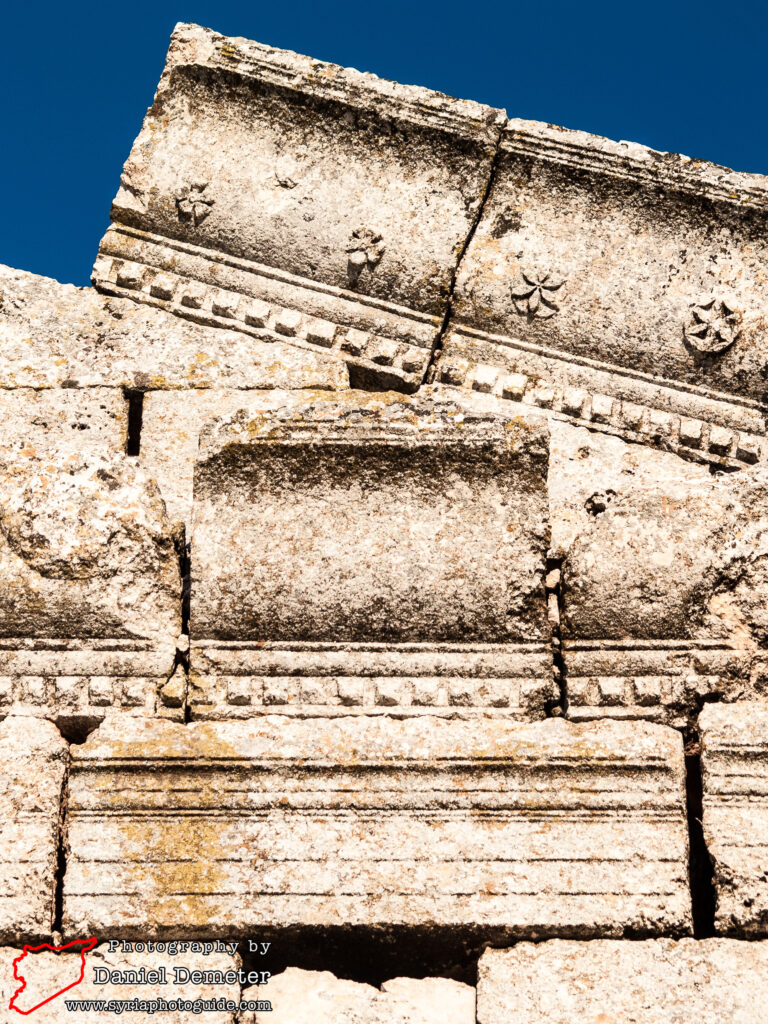
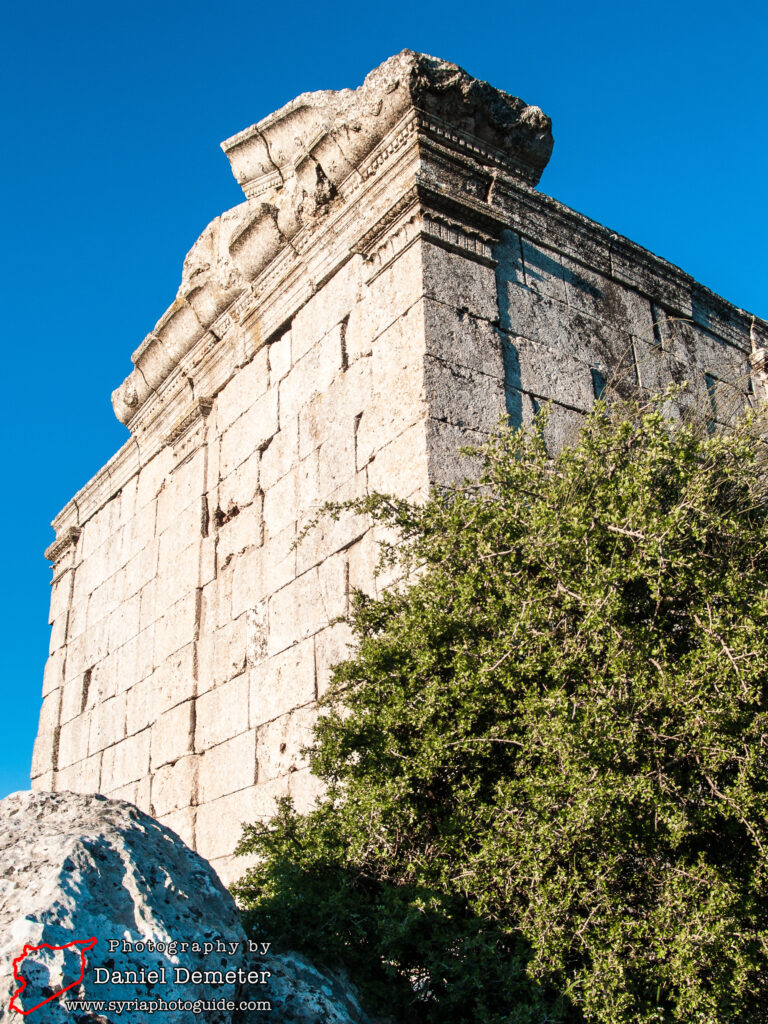
Getting There: There are two ways to approach Baqirha (باقرحا). Any microbus traveling from Aleppo (حلب) to Harem (حارم) will pass by the road to Baqirha (باقرحا). After passing through the village of Sarmada (سرمدا) and beyond the ruins of al-Breij (البريج), the road will ascend a mountain peak towards the village of Bashmishli (باشمشلي), also known as Ras al-Hosn (رآس الحصن). Immediately after this ascent, and before the village, the road to Baqirha (باقرحا) will be on the right (north) side of the road. The trip takes about 45 minutes from Aleppo (حلب). From this turn-off to Baqirha (باقرحا) is about one kilometer.
Alternatively, the site is located about five kilometers southwest of the entrance to the border crossing with Turkey known as Bab al-Hawa (باب الهوا). Traveling towards the border, a turn to the left (south) heads up the mountain towards Babisqa (بابسقا). Continue beyond Babisqa (بابسقا) about four kilometers, and the ruins will be visible on the left (east) side of the road. This route is less convenient if using public transportation, as no buses or microbuses travel this close to the border, aside from those actually crossing into Turkey.
Coordinates: 36°12’22.91″N / 36°39’35.87″E
Transliteration Variants: Baqarha
Rating: 7 / 10
